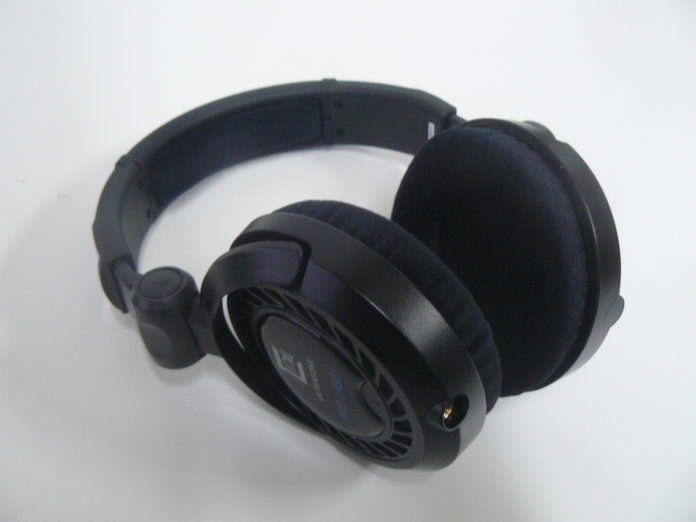Ultrasone has been some big talk over here at MajorHiFi, and they’ve yet to deliver anything underwhelming. The Edition series has been their main highlight, but it’s time to focus on one of their other lines. Along with designing a fine class of open-and closed-back audiophile headphones, they also offer a more cost-effective “Pro” series. This line contains multiple open and closed-back over-ear headphones, for the main use of reference mixing. The 1480i is one of those models looking to be part of your studio.
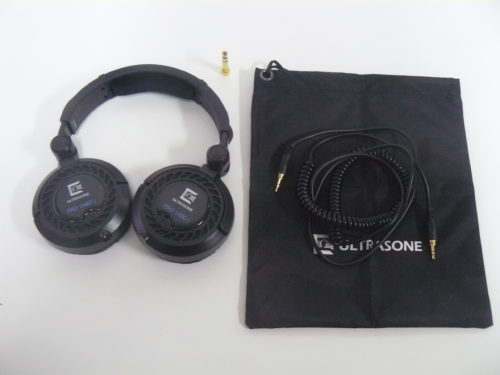
What You Get
You won’t find much do dwell on in this packaging from Ultrasone. Besides the headphones themselves, the only other materials included are a three-meter long coiled cable, quarter-inch jack, and carrying pouch. These are all pretty standard items for your studio headphone, and I’m glad the cable isn’t only coiled, but detachable as well. Coiled cables are much better for storage, and won’t tangle with other cables you might be running.
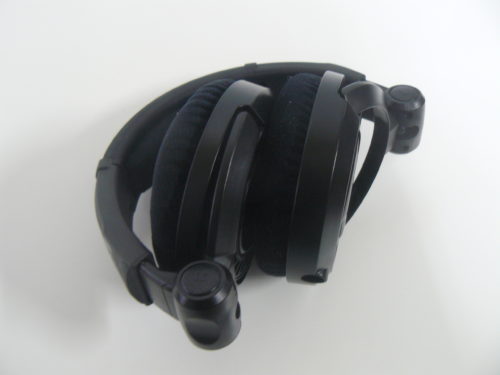
Look and Feel
You’ll find that most headphones in the Pro series have similar outer designs. The 1480i features an all-black, circumaural construction that sports a semi-open back grill, rimming the edges of the logo plate. The cups are rendered flat, almost like a planar, but appears a bit thicker in its architecture. This makes the housing of the driver appear semi-flat which is an interesting choice in build. Storing the headphones is easier due to the foldable cups, which fold up into the headband to make them more compact. The cups can also turn flat and rest on your neck more comfortably.
The 1480i supports removable ear cushions, with the stock pair being this soft velour material. The cushions are stable and comfy enough and taking into consideration the semi-open back qualities, this headphone will definitely provide a light, seamless fit with minimal fatigue. It works great for long studio sessions where you might not take them off for a while. Your ears receive a sense of air and don’t get too hot.
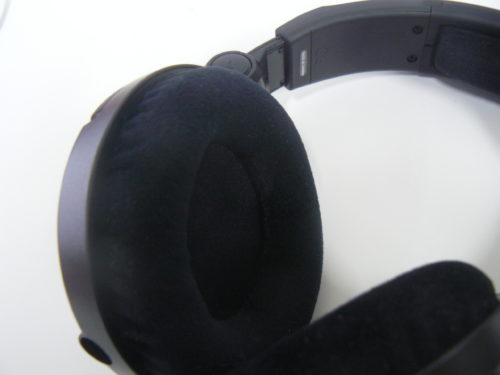
Design
Under the hood, the 1480i features a 40mm dynamic driver with Mylar transducers and a lightweight neodymium magnet. Like many Ultrasone headphones, the 1480i integrates S-Logic technology that gives these headphones a ton of unique characteristics compared to most reference studio headphones. What it does is use a decentralized transducer to create a very specific spatial effect that is in no way artificial. Ultrasone integrates their reference headphones with this interior design in order to make the sound analysis more precise. S-Logic also offers a rise in perceived volume while significantly lowering sound pressure. In my mind, this has the potential to throw off your leveling slightly, but the purpose of this here is to protect your hearing. This is ideal for studio sessions where your ears have the potential to fatigue, but Ultrasone fights that with their patented tech.
Output
It’s important for a studio headphone to not only be analytical, but easy to drive, as they need to be accessible with a variety of different outputs. The 1480i features a nominal impedance of 32 Ohms, a pretty standard resistance that’ll put these headphones through multiple applications. For frequency response, the 1480i outputs a full 20Hz-20kHz giving you a full spectrum for potential details.
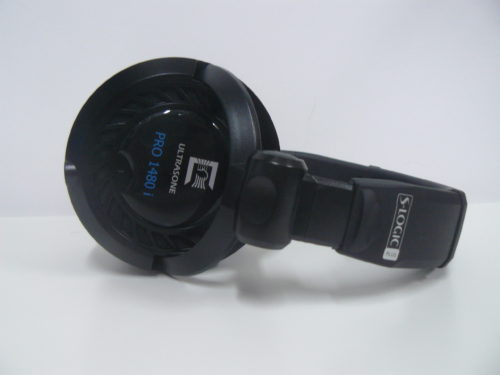
Soundstage
I have praised Ultrasoen Imensly for their unmatched sense of spatiality in their open and semi-open back headphones. Thanks to S-Logic technology they’ve managed to glamour a certain uniqueness that makes their headphones stand out among the rest. The question then becomes how well can they feature this sense of spaciousness, while obtaining a reference style studio sound. The answer is exceptionally well. The 1480i features a luscious multi-layered stage, that while not having the largest width, exhibits an incredible amount of depth.
Spatial imaging appears naturally, with excellent separation and clarity. The image expands more outward than even some complete open-backs. Everything is evenly positioned fitting in the place it’s supposed to. With the more holographic stage, subtleties and intricacies in sound elements are more feasible, as information that might be buried gets brought to the forefront. It’s like picking apples.
You don’t have to use the 1480i as a studio headphone, as the quality generally speaks for itself. Casual listening is also welcome, and you won’t be disappointed. I gave these headphones the “Eraserhead” test, where listening to the movie soundtrack can give you a good idea of how the headphones responded to imaging. The soundtrack contains a lot of drones, hard effects, foley, and mechanical effects. The 1480i reproduces these elements in a spherical image, where those drones feel like they really surround you, creating the intended imposing environment that David Lynch set out to communicate.
Low End
With studio headphones, you never want to lean too hard on bass response, but you also don’t want to neglect the lower frequencies either. The 1480i presents a natural bass that responds well to specific dynamics. The bass can go deep when the track calls for it, like the intimidating room tones on the “Eraserhead” soundtrack, where sub-bass frequencies appear along with lower mids in a neatly layered fashion. The timbre is clean in response and feels authentic to the headphone’s referential nature.
Mids
The mid-range is wonderfully clear. Acoustical elements appear crisp, especially in the upper mids. Tracks like “That World’ by Tim Hecker enacts elegant stings that are plucked and modulated creating a warmer tonality that balances well with most mid-bands. Vocals on some tracks have that mic in your teeth sound that is essential for a mixer to hear. Otherwise, the rest of the range remains mostly flat where it counts.
Highs
With a semi-open back headphone, I believe it’s important to really pronounce the highs. It helps complete the immersive qualities of the image and soundstage. The 1480i doesn’t let up here and gives the highs a lot of room to breathe. They’re presented in a nice flat timbre where you have enough of a chance to catch nuances in tonality that you can play around with when you’re mixing.
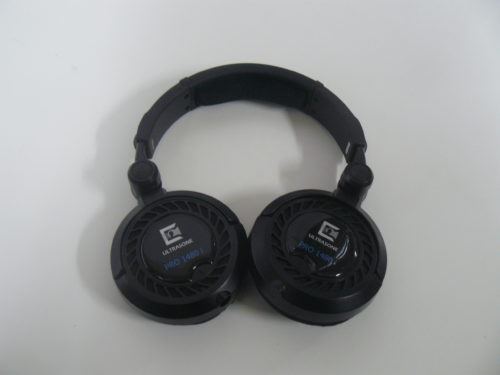
Summary
Ultrasone has accomplished quite the task here. They’ve given their signature sound a reference treatment and succeeds with that in almost every way. It’s hard to tell whether the rising amplitude will affect volume control in your mixes, but as both an engineer’s headphone and a casual listening headphone, the 1480i is a fantastic buy. For only $199.99 the 1480i brings an almost addictive sound signature to an inexpensive studio model.
Pros and Cons
Pros: Soundstage, studio-quality, comfort, low sound pressure, price
Cons: Heightened loudness may not be ideal for mixing
The Ultrasone Pro 1480i is available from Audio 46.
MAJORHIFI may get a commission from retail offers.
Compare the ranking of various headphones, earbuds and in-ear monitors using our tools.
Discuss this, and much more, over on our forum.
---MAJORHIFI may receive commissions from retail offers.


